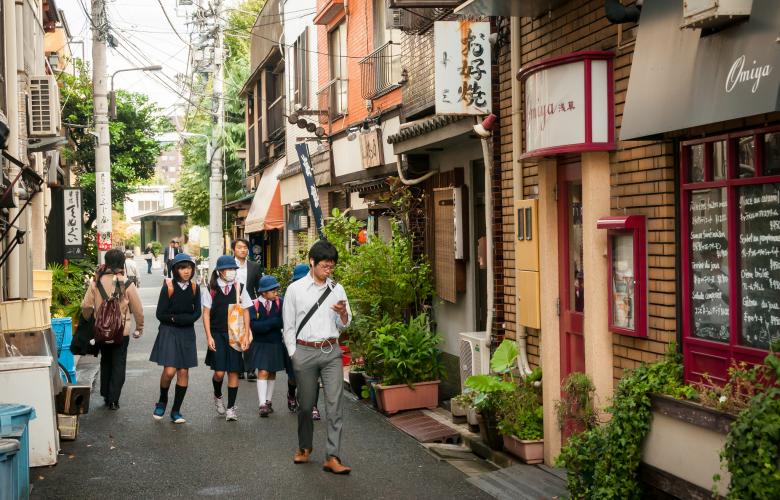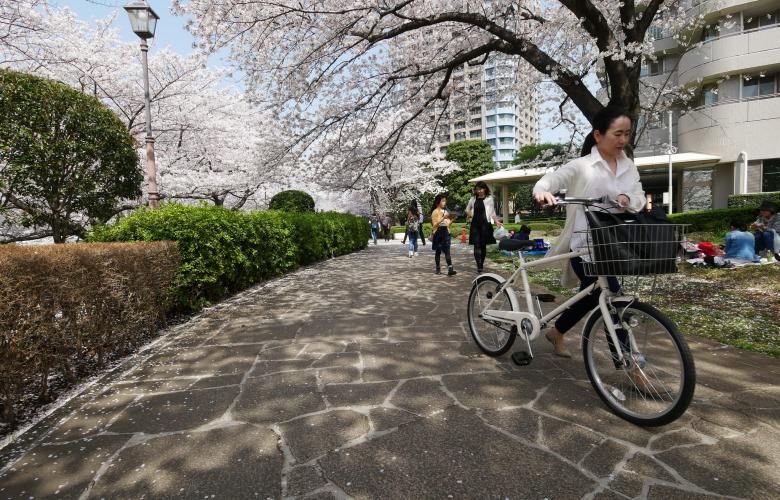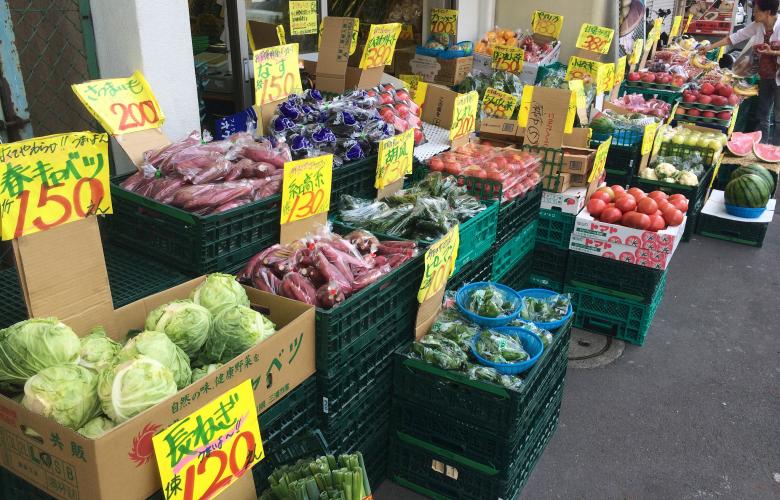After a few months of living in Tokyo, you might come to the realisation that simply having an apartment in Japan doesn't necessarily equate to 'living' in Japan. All the things that come naturally in some places, like friendly neighbours, local shops and community events can either be lost in translation or in the modernised streets of a big city. If you're looking for somewhere to call home, there are a few things to look out for when you're exploring the different areas.
A local temple or shrine
More than just a place to visit when you first arrive, you'll find that the shrines and temples are what bind small communities in areas as vast as Tokyo. Whether it's for country-wide celebrations like hatsumode — the first visit of the new year — or unique local events, you'll be able to meet your neighbours and become a regular face. If you stay long enough, you can even be invited to participate, which is a great opportunity most miss out on.
The best part of these events is that everyone attends, from grandparents to young families and even the younger generation, who elsewhere might avoid community events in favour of something cooler. So no matter what your age, you won't look out of place and will probably end up making new connections—and a heightened sense of community.
Independent shops
As well as offering more personal touch to your shopping, local and independent stores also allow you to find out about the area as well as Japan as a whole. With much more focus on seasonal and local produce available at fruit and veg shops, the ever-famous seasons of Japan (and its produce) become clearer.
As well as supporting an independent business, you can avoid the outrageous use of plastic and score some cheaper prices too.
The owners are generally unwaveringly friendly and can help with cooking tips, pairings or recipe ideas, which is especially helpful with items that are unfamiliar. While all this could be said for most countries, Japan's declining population means these stores are often run by older generations and are at risk, so your loyalty will be much more appreciated than at the local Seiyu (owned by Walmart, as it goes).
Transport connections
Probably one of your initial criteria anyway, transport connections can make or break an area, but they can also give it a distinctive flavour. Setagaya, for example is known for a quiet tramline and bicycles — both of which help maintain the slower-paced atmosphere of the neighbourhood. Since train stations are the hub of an area in Japan — with restaurants, bars and shops clustered around them, they can be a good indicator as to the area's overall style. If it's quiet around the station, don't expect it to get busier elsewhere.
While train lines and connections are important, remember to factor in the bus and bike situations too — and what they suggest about the area. Buses are popular with older generations, while plenty of bikes suggest a family-friendly area (as well as a safer area if they're often left with only their wheel locks on).
Drinking spots and cafes
As well as looking out for some nice places to entertain visitors, use the local establishments to work out if your area will be the go-to drinking spot for nearby residents or if they'll be headed elsewhere. Having a busy bar or izakaya can make meeting locals much easier, while cafes that open regularly (many take a when-we-feel-like-it-attitude when it comes to business hours) hint at a pretty lively community.
Visiting both at night and during the day can really change the feel of areas, as small bars pop up seemingly out of nowhere, and shutters rarely give clues to the daytime inhabitants.
Green spaces
Good for the mind and good for the lungs, green spaces in Tokyo can be a much-needed retreat from the concrete. Since most places don't have gardens, and balconies often just look out onto other balconies a lot of the time, you might have to consider this more than you would elsewhere.
Parks are an obvious option, but visiting can determine if it's a sit-on-the-grass kind of park or a reclaimed-scrubland kind of park. Shrines and temples can sometimes have green spaces or gardens to relax in, while natural spots like Todoroki Valley can be an oasis you would never expect to find.
By Lily Crossley-Baxter
Similar to this:
How to be a good neighbour in Japan
Top reasons to reside in Itabashi
Nakameguro: More than just a nice neighbourhood







